The Fall of the Templar Knights: What Really Happened?
The Knights Templar, a 12th-century militant monastic order, has been the center of several conspiracy theories. From devil-worshiping to the Holy Grail to “discovering” the Americas, the militant monastic movement has been at the forefront of some of the biggest questions in Christian history.
But what is the truth behind these conspiracies? And why do we still talk about the Knights Templar centuries after the disbanding? Let’s get into it!
Mysterious Societies of the Ancient World
Throughout history, numerous secret societies, sects, and mysterious groups have arisen in distant lands. From those behind the ancient Greek Eleusinian Mysteries to the Freemasons, who still exist around the world today, these groups have fascinated scholars for centuries.

Source: Caleb Oquendo/Pexels
One group that’s remained an interesting talking point for nearly 1,000 years is the valiant Knights Templar. While numerous conspiracies surround the group, just who were they, and what happened to them?
Who Were the Knights Templar?
The Knights Templar was a powerful and enigmatic military order of the Catholic Church, founded in the wake of the First Crusade, according to the History Channel.
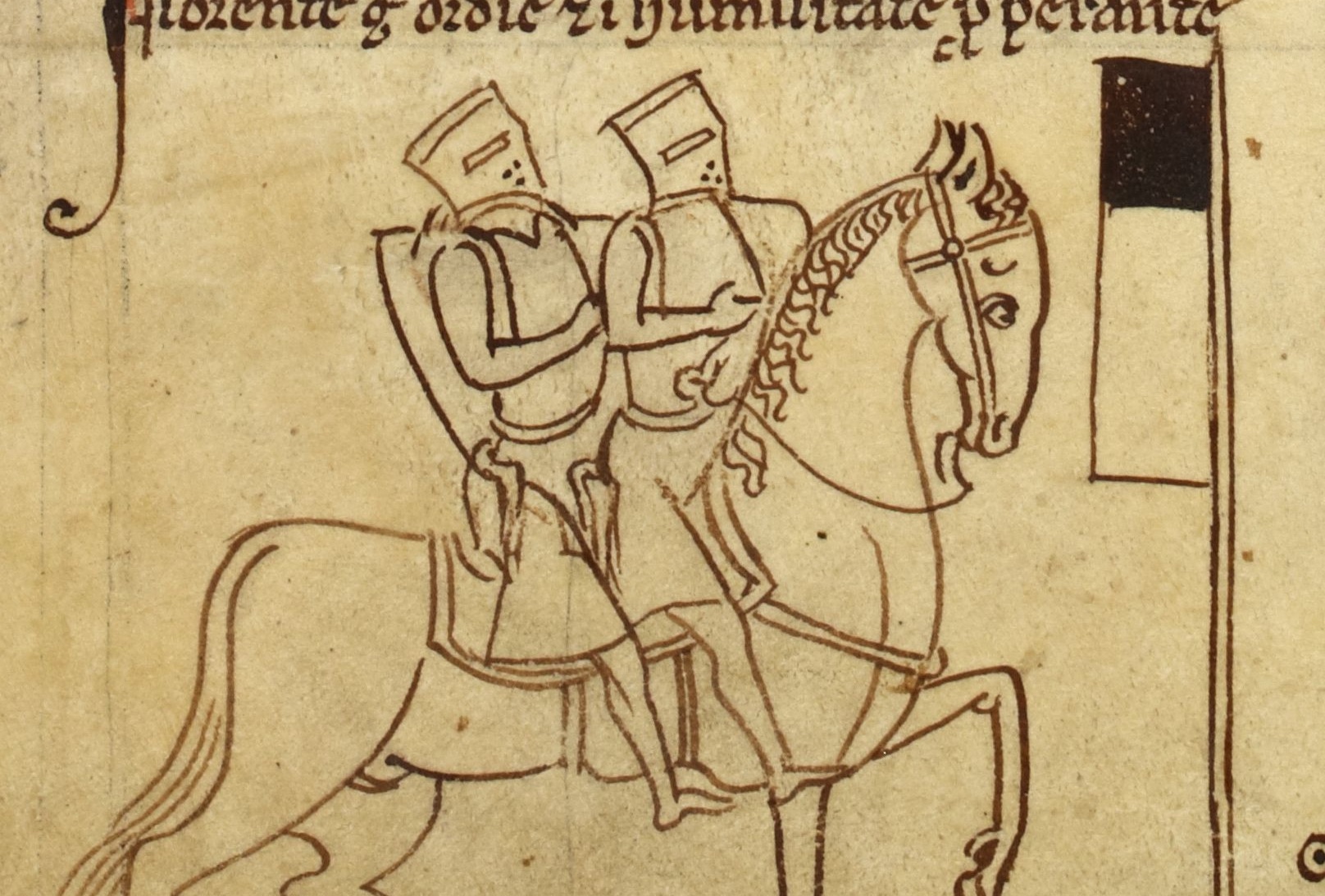
Source: Wikimedia Commons
The mission of the Templars was to protect Christians and fight against Muslims in the Holy Land. Engaging in banking and finance also propelled them to become one of the wealthiest organizations in Europe.
Founding of the Knights Templar
The Knights Templar were founded by a French knight in either 1118 or 1119 CE, yet wouldn’t receive recognition until Pope Honorius II (r. 1124-1130) made their order official at the Council of Troyes in January 1129
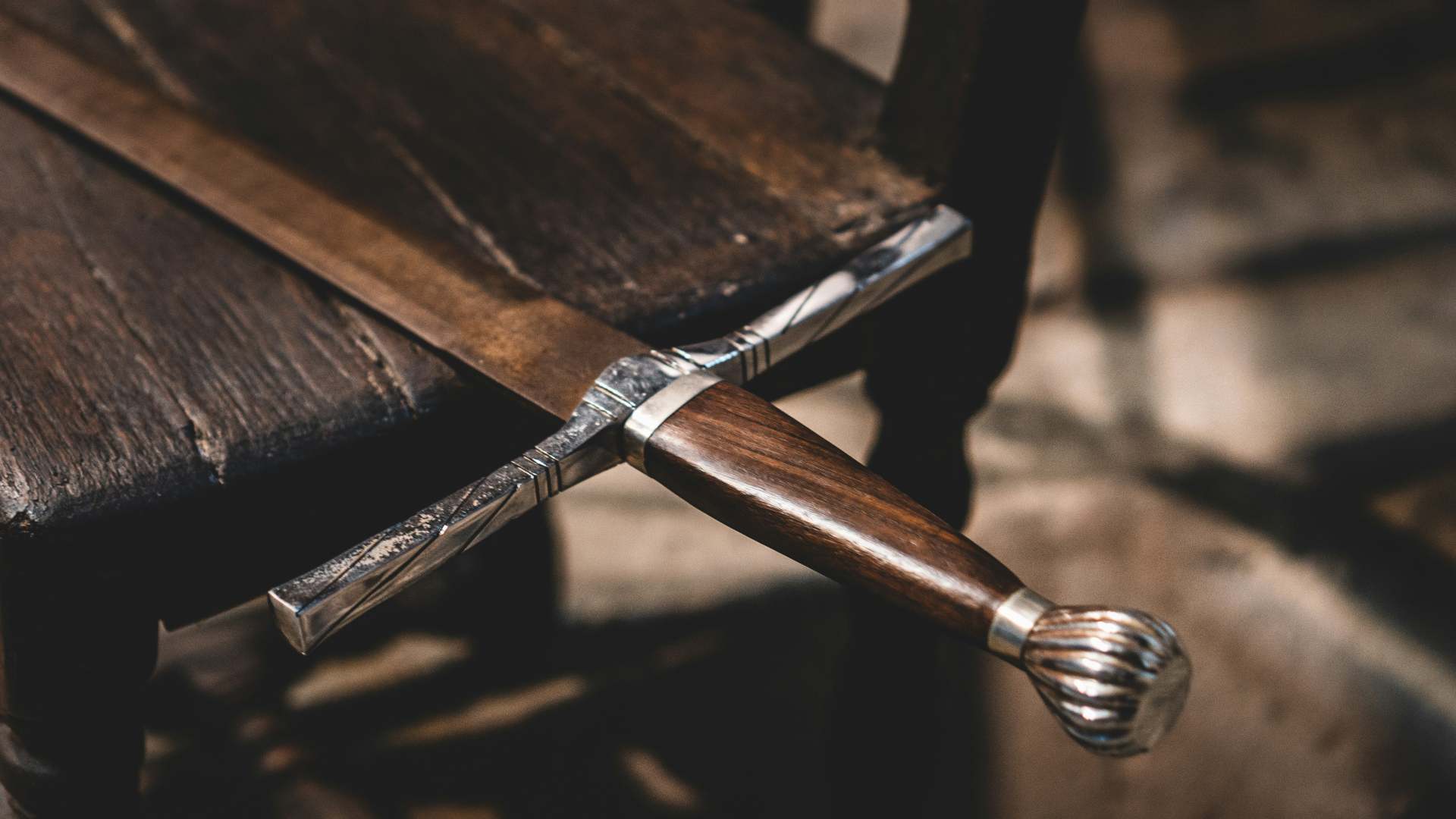
Source: Jonathan Kemper/Unsplash
While they started out small with just seven knights in the original order, it would become an extensive brotherhood in the years that followed, all of whom took monastic vows and lived in a closed community.
The Story of the Knights Templar
The Order of the Templar Knights was the first military branch of its kind. In its early years in the Catholic religion, it was considered a branch of the Cistercians.

Source: Freepik
Despite their great rise to prominence in the Holy Lands, where they became one of the most wealthy and influential organizations of the Middle Ages, their story remains shrouded in mystery and legend.
Why Were They Called the Knights Templar?
The founder, Hugh de Payns (sometimes spelled Hugues de Payens), led the group of knights, which named themselves after the al-Aqsa Mosque in Jerusalem, which Christians mistakenly believed to be the ancient Temple of Solomon.

Source: Wikimedia Commons
This temple is where the city’s king, Baldwin II, provided shelter for the Poor Knights of Christ and the Temple of Solomon.
The Templars Widen Their Influence
By the middle of the 12th century, the Templar’s influence had spread beyond the Holy Lands. They took up arms in Iberia on behalf of several rulers from Spain and Portugal.
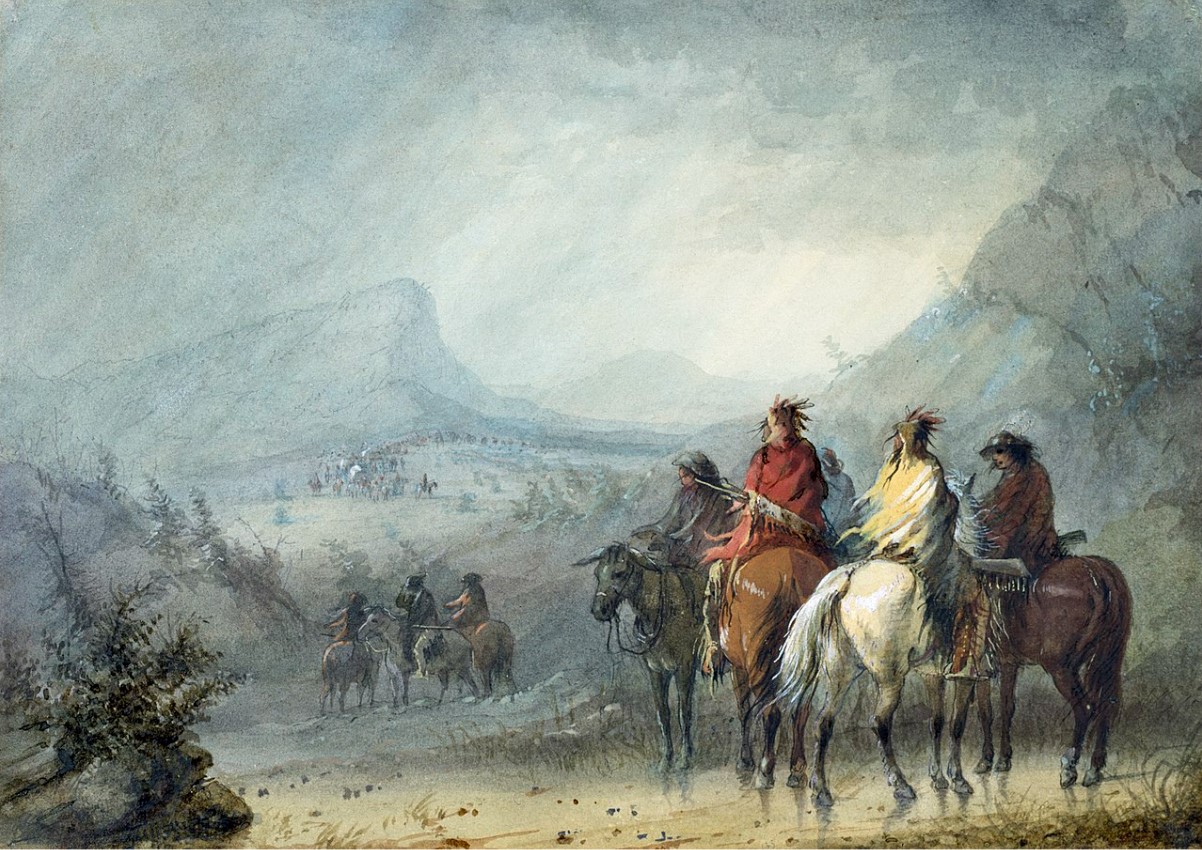
Source: Wikimedia
By the 13th century, the Knights Templar owned extensive estates stretching from Britain in the West to Bohemia, which had become one of the most powerful military orders in the world. Their paid growth came as a result of the tremendous resources acquired, and this was in part due to their expertise in banking.
Medieval Bankers
The Templar communities, sometimes referred to as covenants, were considered safe places, and so they soon became repositories for gold, coins, jewels, and important documents. From as early as the 12th century, the Templars had relatively extensive cash reserves of their own.

Source: Freepik
The military group would allow people to deposit money at one covenant, and if they had evidence of this, they would be allowed to withdraw it at another location hundreds or thousands of miles away. They were essentially the bankers of the ancient world.
Trusted By Medieval Kings
The Templars’ banking system had become so efficient that French kings and nobles began storing their treasures with the military group.
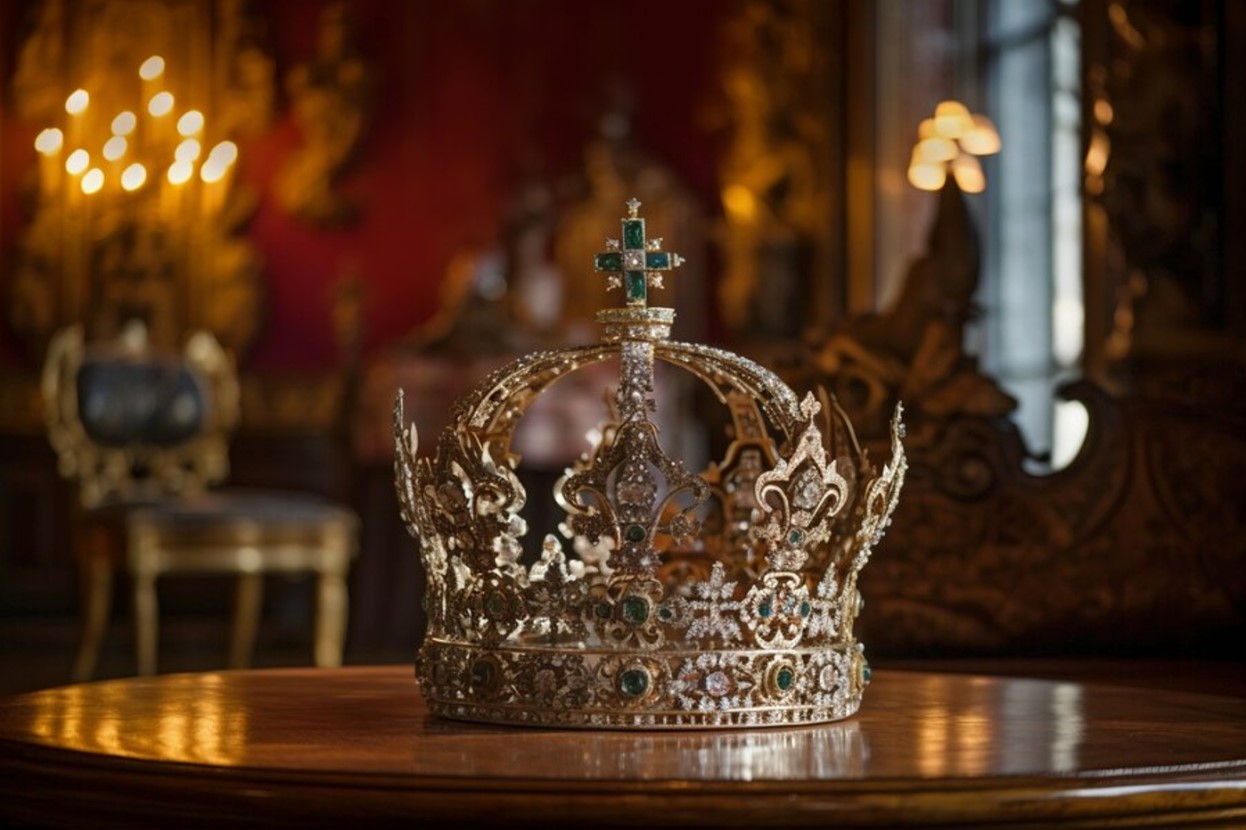
Source: Freepik
According to sources, the Templars even began issuing loans to various rulers due to their ever-increasing cash reserves. Historians have suggested the military group played a significant role in the financial structure of medieval Europe.
From All Walks of Life
The Templars came from all over Europe, but the vast majority came from France. Most were motivated to defend Christians, especially those traveling to the Holy Lands and the sacred sites that accompany them.
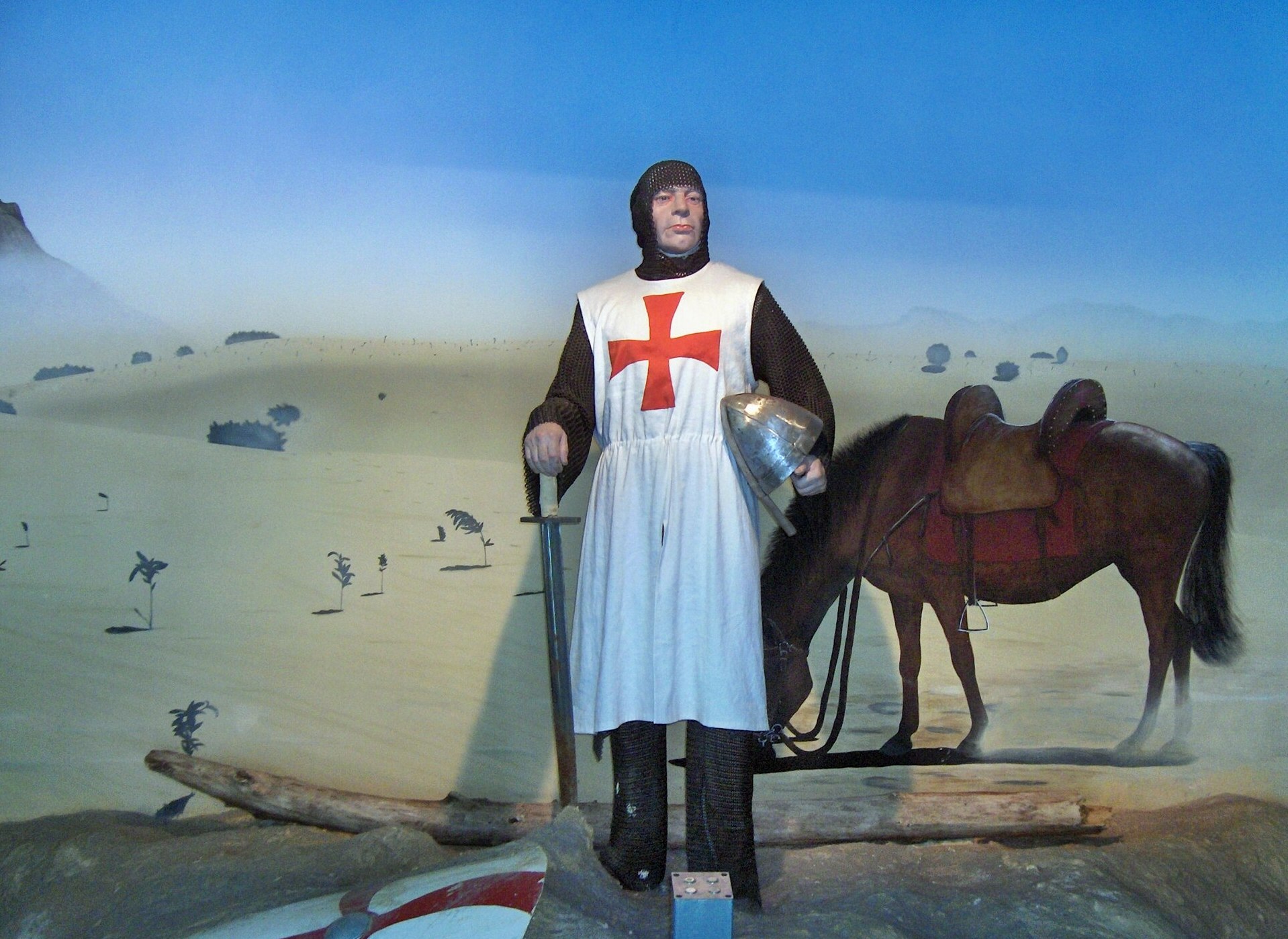
Source: Wikimedia Commons
Many recruits were asked to make a donation upon joining the Brotherhood. All who wished to join had to be free men of legitimate birth. While most knights were in their mid-20s, others joined right before their death, such as the famous English knight, Sir William Marshal.
What Happened to the Knights Templar?
The Knights Templar began to lose their fortunes around the 13th century when the Crusades failed.

Source: Britannica
In 1307, King Philip IV of France launched a scathing attack on the Templars, accusing them of heresy and immorality. Within a few years, the order he once praised as “fearless warriors of Christ” found itself suppressed by Pope Clement V in 1312.
Hunting Down the Templar Knights
Following King Phillip’s announcement, many Templars were arrested on the morning of October 13, and the bloodiest and most brutal episodes in the church’s history began to unfold.

Source: Freepik
After King Phillip convinced the Pope of their wrongdoing, arrest warrants were issued for all Templar Knights in Western Europe and all of their property was seized.
Motivation Behind King Phillips's Decision
The motivation behind King Phillips’s sudden change of mind regarding the Templar Knights has long been a widely debated topic of conversation.

Source: Freepik
Some historians suggest the King was impressed by the military prowess and strength of the Templars, while others postulate he wanted to acquire all of the military group’s wealth. Another school of thought argues Phillip actually believed the rumors that they had disrespected the cross and worshipped idols.
The Knights Go Into Hiding
In the years that followed, a vicious manhunt ensued, and many members of the brotherhood were tracked down and executed. A trial in Paris in 1310 saw over 50 brothers burned at the stake.

Source: George Hiles / Unsplash
While rumors suggest a small amount managed to go into hiding and set sail for the Americas, this has yet to be proven. Nonetheless, by the year 1312, the Pope officially declared the termination of the Knights Templar.
History Remembers the Knights Templar, but Not With Accuracy
One of the longest-running threads in every conspiracy about the Templars is that they survived their dissolution. Rather than make a grand return to power, the group of knights acted in shadows, guarding ancient wisdom and treasure collected throughout their reign.
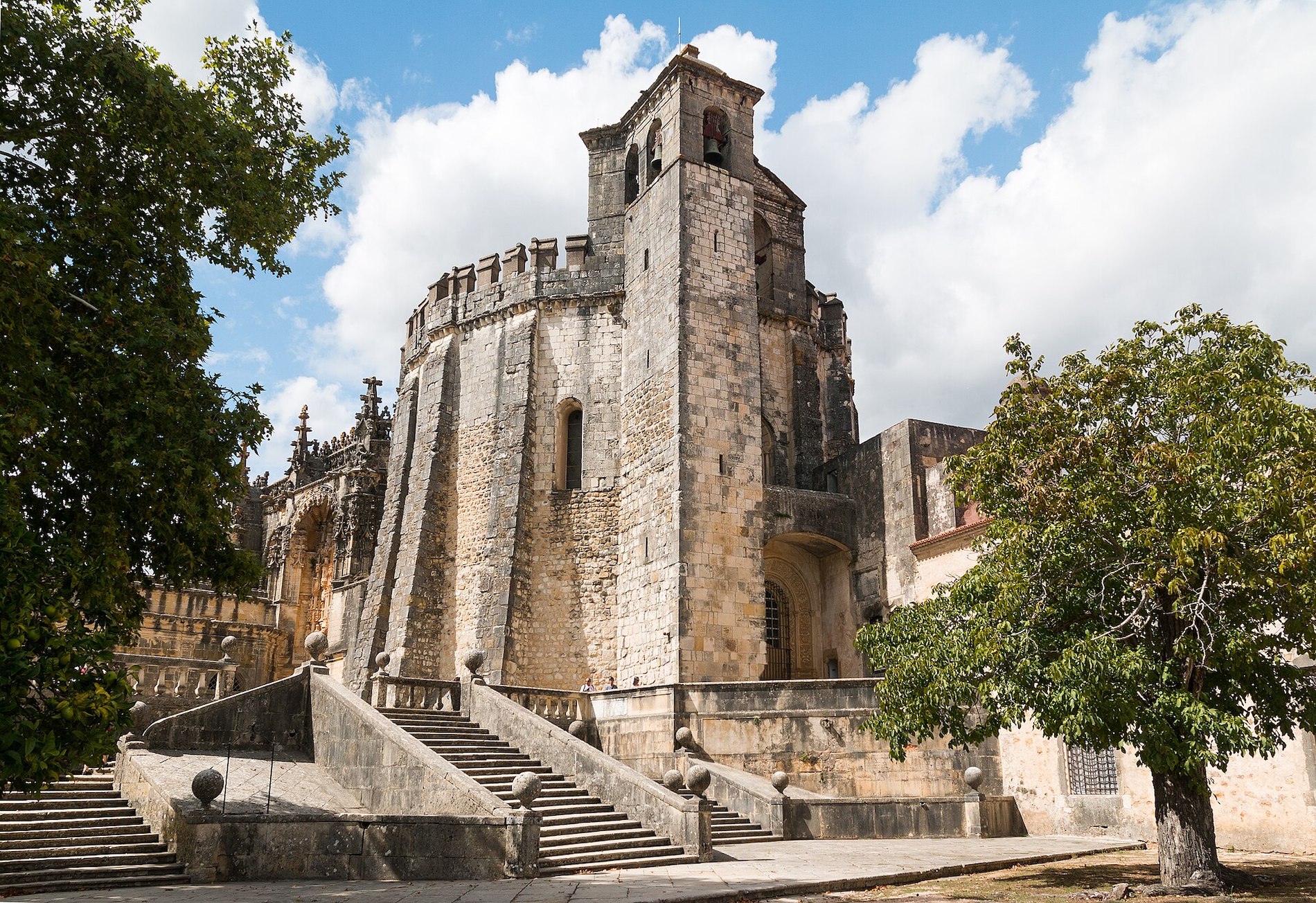
Source: Wikimedia Commons
Among the treasures that the “existing” Templars supposedly hold onto is the legendary Holy Grail. This legend is so well known that Monty Python made a movie about it!
The Knights Templar Protects the Holy Grail
The Holy Grail has been long talked about. During the 12th century, “you find people talking about it. The Genoese believed that they’d been able to buy the Holy Grail” and take it back to Italy,” historian Steve Tibble tells History Extra.
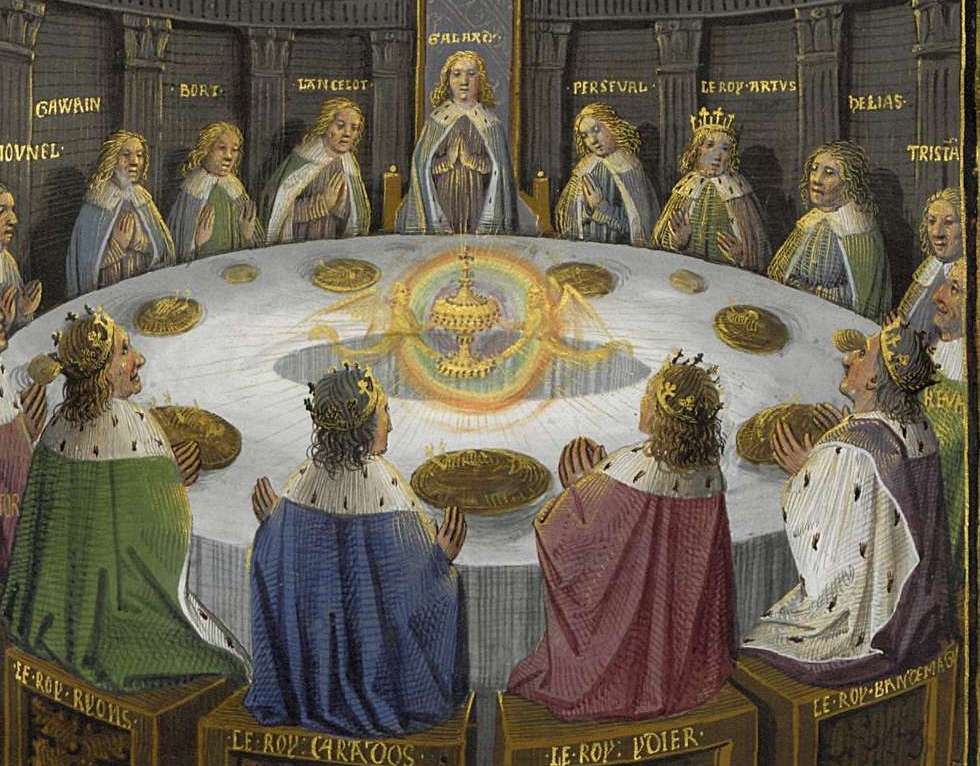
Source: Picryl
“We have to remember, we’re in a time where everybody is much more pious,” says Tibble, and that holy relics were a confirmation of faith.
What Is the Holy Grail?
For those unfamiliar with this piece of Catholic iconography, the Holy Grail is a legendary treasure that appears in Arthurian literature as a mystical object with attributed powers. The first known mention of the Grail appears in an unfinished romance by Chrétien de Troyes, who described it as a processional platter.

Source: Wikimedia Commons
In Arthurian legends, the Grail is a central object of a knight’s quest. Finding the Grail symbolizes a journey of spiritual growth and moral perfection.
How Did the Theory Originate?
The belief that the Templars knew where the Holy Grail emerged much later after the order’s existence thanks to authors who portrayed the Templars as enigmatic protectors of sacred objects.
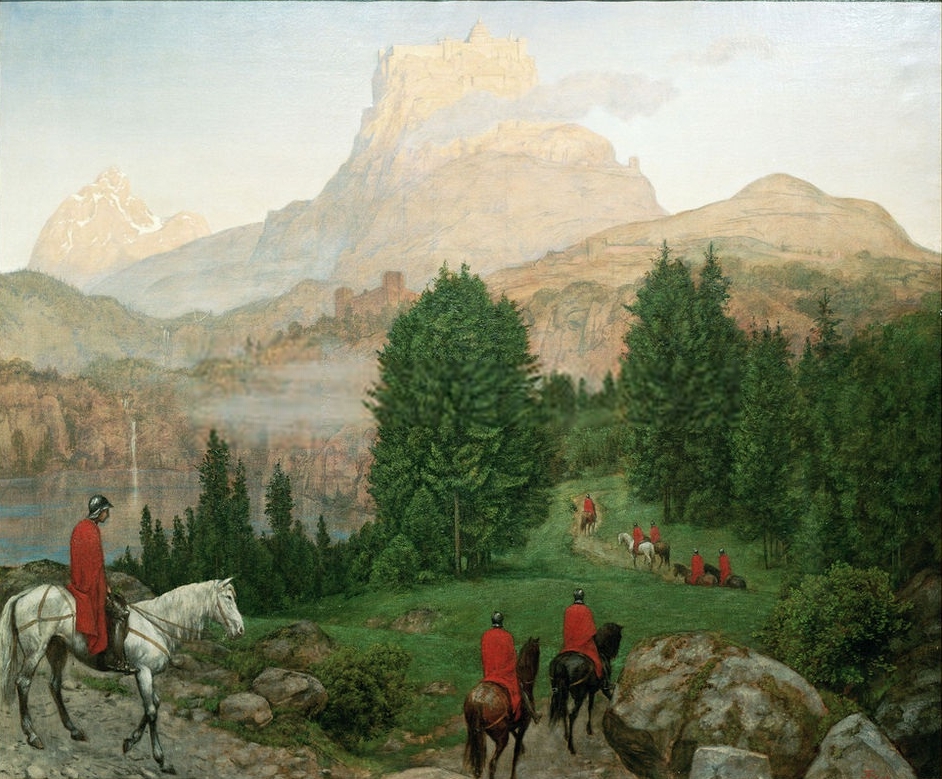
Source: Wikimedia Commons
The sudden downfall shrouded the Templars in mystery, and public imagination ran wild with these stories of wealthy and powerful knights.
Another Conspiracy Started by the French Crown
Another popular conspiracy theory that has roots in Philip IV’s plans against the Knights Templar bucks against the idea that these knights were protectors of all things holy. The Crusades were a time when people were god-fearing and took religion seriously.
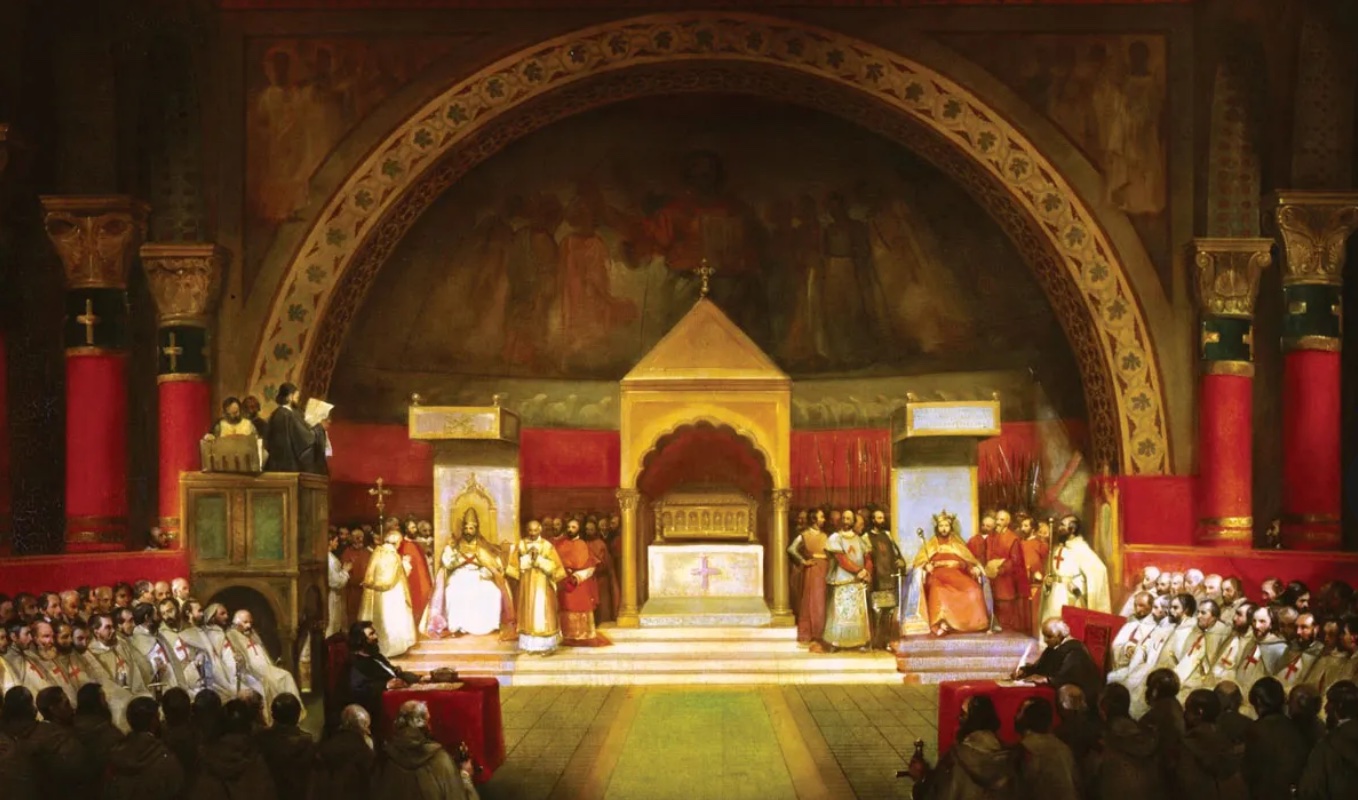
Source: Britannica
French crown launched a witch-hunt to dismantle the Templars, who were hoarding much of the country’s wealth.
Were the Templars Devil Worshipers?
Numerous Templars admitted to being tortured during the initial arrests and admitted to the accusations brought against them.

Source: Britannica
Some did admit “to being heretics, to being Satan worshippers. You name it, they confess[ed] to it,” Tibble says. To him, this proves that “if you torture somebody, they’ll say whatever you want.”
Forced Truth
The purpose of torture “was not to obtain the actual truth,” writes French historian Alain Demurger in his 2019 book, “The Persecution of the Knights Templar.”

Source: Jcomp, Freepik
He continued the torturing had no real purpose other than “to elicit the specific truth that the accusers wanted to hear—it was that truth or death.”
The Revival of Interested in the Templars
Centuries after the Templars were no longer around, the Victorian era sought to revive the intrigue and mystery around the knights through the novella.
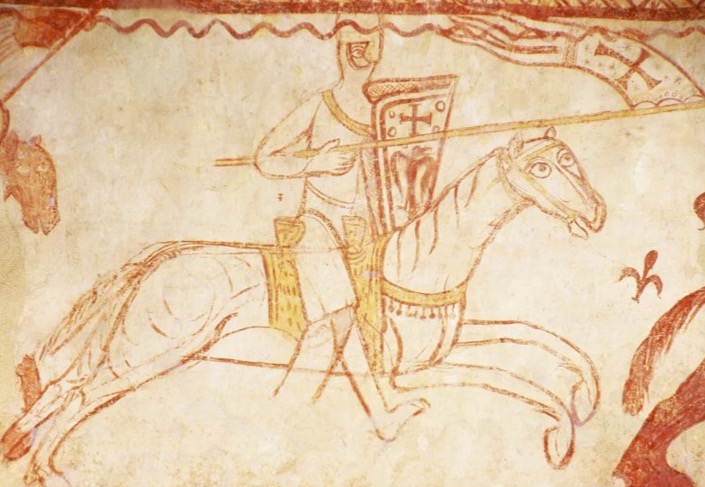
Source: Britannica
Tibble lays much of the blame on Scottish historian and novelist Sir Walter Scott for turning the Knights Templar into “larger-than-life pantomime villains.”
Freemasons Claim to Descend From Templars
Organizations like the Freemasons, which boldly claimed that they inherited the Templars’ cache of ancient knowledge, added fuel to the fire.

Source: Freepik
The Freemasons are known for their symbolism, which, according to those initiated into the brotherhood, contain esoteric teachings that have been passed on for thousands of years.
The Knights Templar Will Always be a Point of Fascination
The Knights Templar’s past, shrouded in mystery, romanticism, and conspiracy, beckons for further exploration. Though much remains shrouded, the very lack of information fuels the flames of conspiracy surrounding this complex organization.
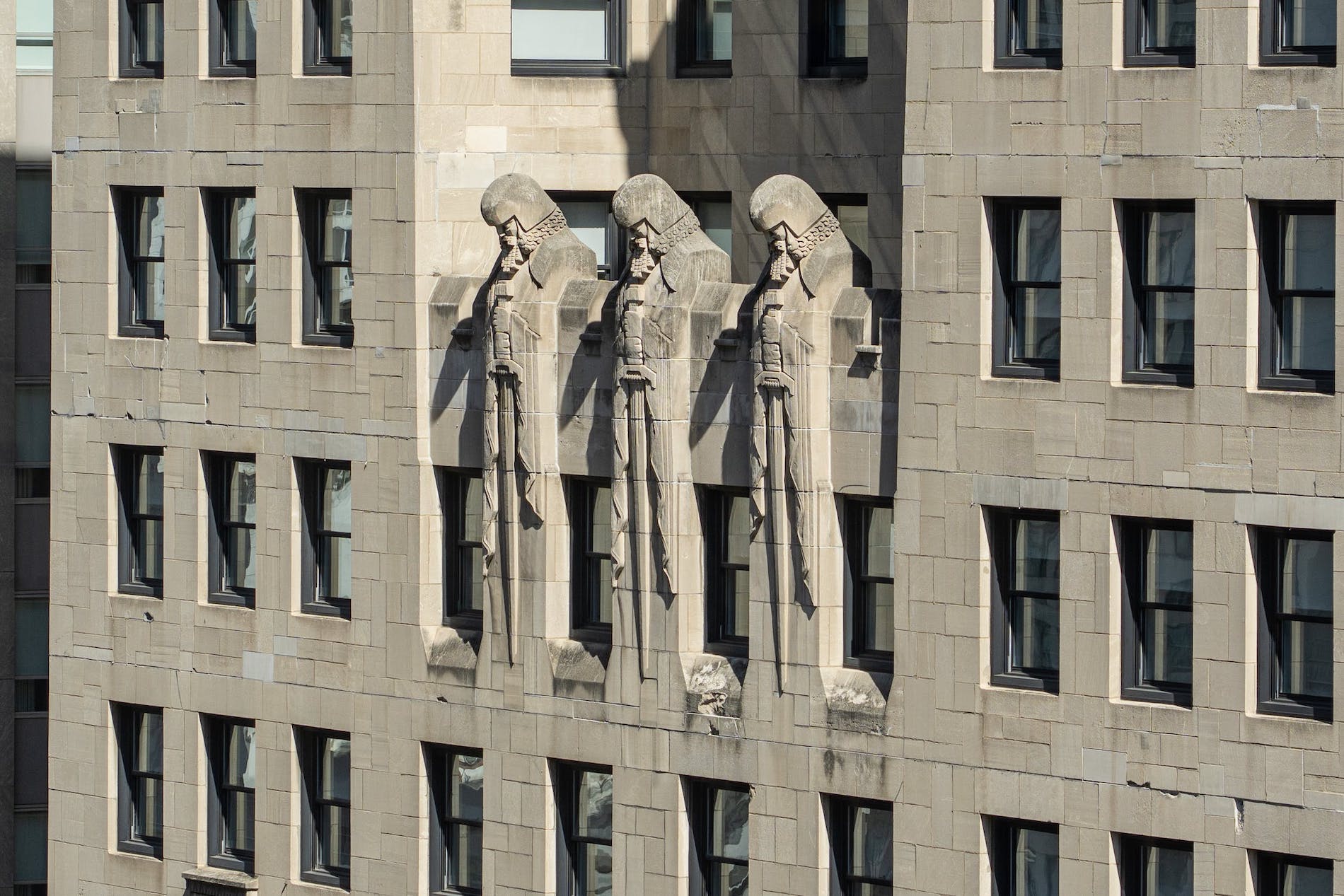
Source: Otto Rascon/Pexels
The Templars are “a blank piece of paper [on which] we can write whatever fantasy we want,” Tibble says. There’s no question that they have provoked fascination throughout the centuries and will continue to do so long after we leave this world.

Source: Wikimedia Commons

Source: Picryl
